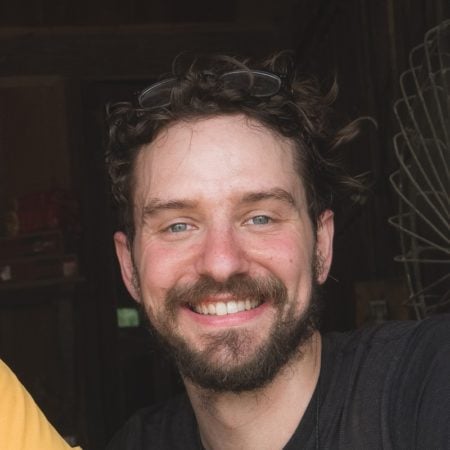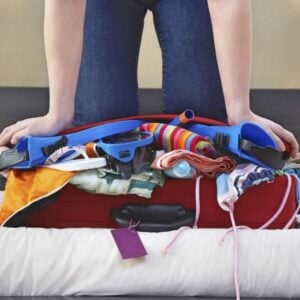The Broke Backpacker is supported by you. Clicking through our links may earn us a small affiliate commission, and that's what allows us to keep producing free content 🙂 Learn more.
When the Panasonic Lumix FZ1000 was first released, it was one of the best zoom cameras on the market. Thanks to its larger sensor, ease of use, excellent autofocusing, and the inclusion of 4k video technology, the FZ1000 consistently beat its opponents in the races.
It was a pretty penny at the time, but things have changed now that time has passed…
5 years later, it’s is still an impressive piece of equipment, and this Panasonic Lumix FZ1000 review will show you everything you need to know.
In this panasonic lumix dmc-fz1000 review, we look to see if the camera has aged gracefully enough to justify it’s new, lower price. Is this still one of the best budget cameras for photographers?
Is it still a worthwhile investment for both hobbyists and photography beginners alike? Read on to read what we have to say about the Panasonic Lumix FZ1000 these days.
Allllrighty then, let’s get things moving along and get cracking on our Panasonic FZ1000 review!
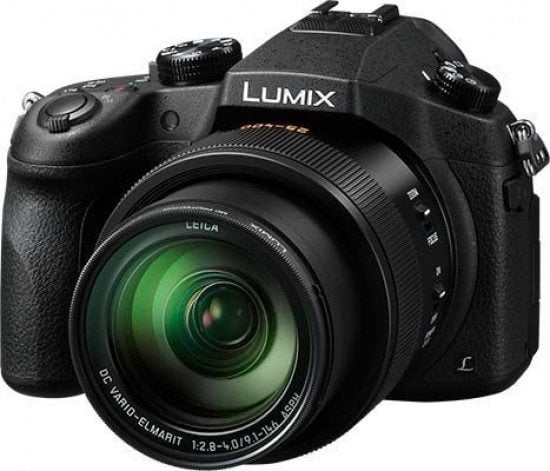
The Broke Backpacker is supported by you. Clicking through our links may earn us a small affiliate commission, and that's what allows us to keep producing free content 🙂 Learn more.
Key Specs of the Panasonic Lumix FZ1000
Size: 5.4 x 3.9 x 5.1”
Weight: 1.83 lbs
Sensor Size: 20.9 MP 1” MOS Sensor
Lens: Built-in 9.12-146mm Leica lens (25-400mm FF equivalent)
Video: Up to 4k video recording
Built-in Image Stabilization: YES

REI is one of America’s biggest and most-loved outdoor gear retailers.
Now, for just $30, get a lifetime membership that entitles you to 10% OFF on most items, access to their trade-in scheme and discount rentals.
Join REI Today!Review for Best Bridge Camera – Panasonic Lumix FZ1000
Ergonomics
The FZ1000 is a long zoom or “bridge” camera, which is essentially a hybrid of a point-and-shoot and a DSLR. The idea behind bridge cameras is to combine the most desirable traits from both systems – the accessibility of a point-and-shoot combined with the image quality of a DSLR. Many people find this system enjoyable as they don’t have to worry about changing lenses or fiddling with overly complicated settings.
That said, for a bridge camera, the Panasonic FZ1000 is a little on the bulky side, though it’s still not as cumbersome as a full DSLR. The grip of the Panasonic FZ1000 is nice and comfortable, which does help counterbalance the camera’s heft.
Whether or not it’s too big is really a matter of preference; some photographers may feel burdened by the Panasonic FZ1000 while others may find it well-balanced.
The Panasonic FZ1000 has a lot of buttons and dials that can be used to control exposure. These are all well placed and shooting feels very natural with the FZ1000.
Note: if there is a setting you cannot change via the physical controls, you can change the buttons’ function through the in-camera menus.
The Panasonic FZ1000 is made from high-grade plastics and rubber materials. Whether or not photographers like the feeling of plastic in their hands is up to them, but I will say that rubberized grips are a nice addition. This camera was not built to withstand the elements though, so be careful when taking it into adverse conditions.
Score: 4/5

Features and Performance
The Panasonic Lumix FZ1000 is a surprisingly fast camera. Processing speeds are excellent, start-up times are quick, and the burst shooting modes are capable. Considering this bridge camera is pushing 5 years old now, which is a lifetime for camera technology, the Panasonic Lumix FZ1000 is still pretty impressive.
Users can cruise through the in-camera menus without experiencing any sort of lag. The menus are well laid out and very easy to understand. We mentioned that the start-up time is quick as well, which means you won’t have to wait to start shooting.
On that note, the LCD screen of the Panasonic Lumix FZ1000 is bright and clear, further adding to the optimal menu-browsing experience. It’s not a touchscreen but the inclusion of such tech kind of feels like it would be superfluous. The screen is physically modifiable and can be rotated on several axes.
One of the most impressive parts about the Panasonic Lumix FZ1000’s performance is the amount of burst shooting modes it offers. Users can shoot up to 12 fps with the manual shutter and even 50fps under certain conditions (no RAW, 5 Mp files, electronic shutter).
Given the FZ1000’s stellar autofocus, moving targets shouldn’t be a problem. (Note that Live View is only available at 7 fps or less.)
The EVF of the dmc-FZ1000 was one of the highest quality EVFs at the time of its release and it is still impressive to this day. The attention paid to such tech is especially appreciated by photographers; one look through this baby and you’ll see why.
One thing that the FZ1000 lacks is a built-in ND filter, which some photographers use to mix things up. It’s not a huge exclusion – the FZ2000 has one – but for some, it’s an important feature.
Score: 4.5/5
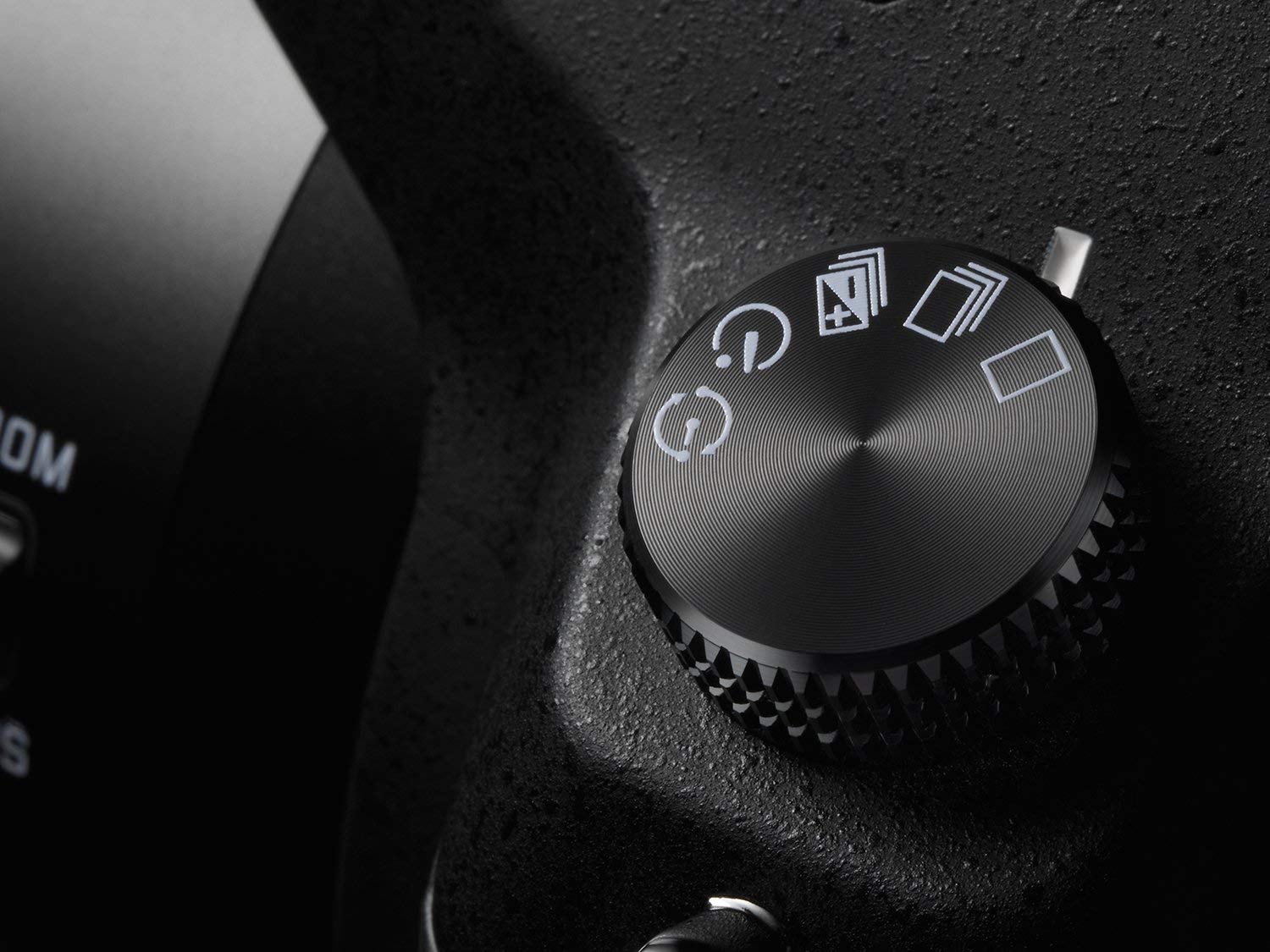
Image Quality
With a larger than average (for a bridge camera) 1” sensor and excellent optics, courtesy of Leica, image quality in the Panasonic FZ1000 is a cut above the rest.
Most bridge cameras have smaller 1/2.3” sensors, which do not handle low-light situations very well, much to the frustration of enthusiasts. With a larger 1” sensor, the Panasonic FZ1000 has a respectable dynamic range and handles noise gracefully.
Images shot at higher ISOs retain detail and color, and are still usable at extreme ISOs. If you’re a photographer that likes to shoot in dimly-lit situations or needs more ISO for compensation, the FZ1000 is still one of the best bridge cameras on the market.
The Panasonic FZ1000 has a Leica lens with a 16X zoom range and a 35mm-equivalent focal range of 25-400mm. The aperture is not constant but f/2.8-4.0 but it still means the FZ1000 low light performance is great.
Although sharp, the lens of the Panasonic FZ1000 is not the longest or fastest lenses out of all the bridge cameras. Many other rival models can shoot at longer focal lengths and at a constant f/2.8 aperture, which would be an argument against the FZ1000 if the camera didn’t beat its competitors in nearly every other optical category. With the larger sensor, images from the FZ1000 look better, and so the trade-off is more than acceptable.
Those who want a bridge camera with a bit more length should consider upgrading to the newer model: the Panasonic Lumix FZ2000.
Let it be said, bridge cameras are still not as adept at handling harsh lighting conditions as an APS-C or Full Frame camera and the Lumix FZ1000 is testament to that.
Score: 4/5
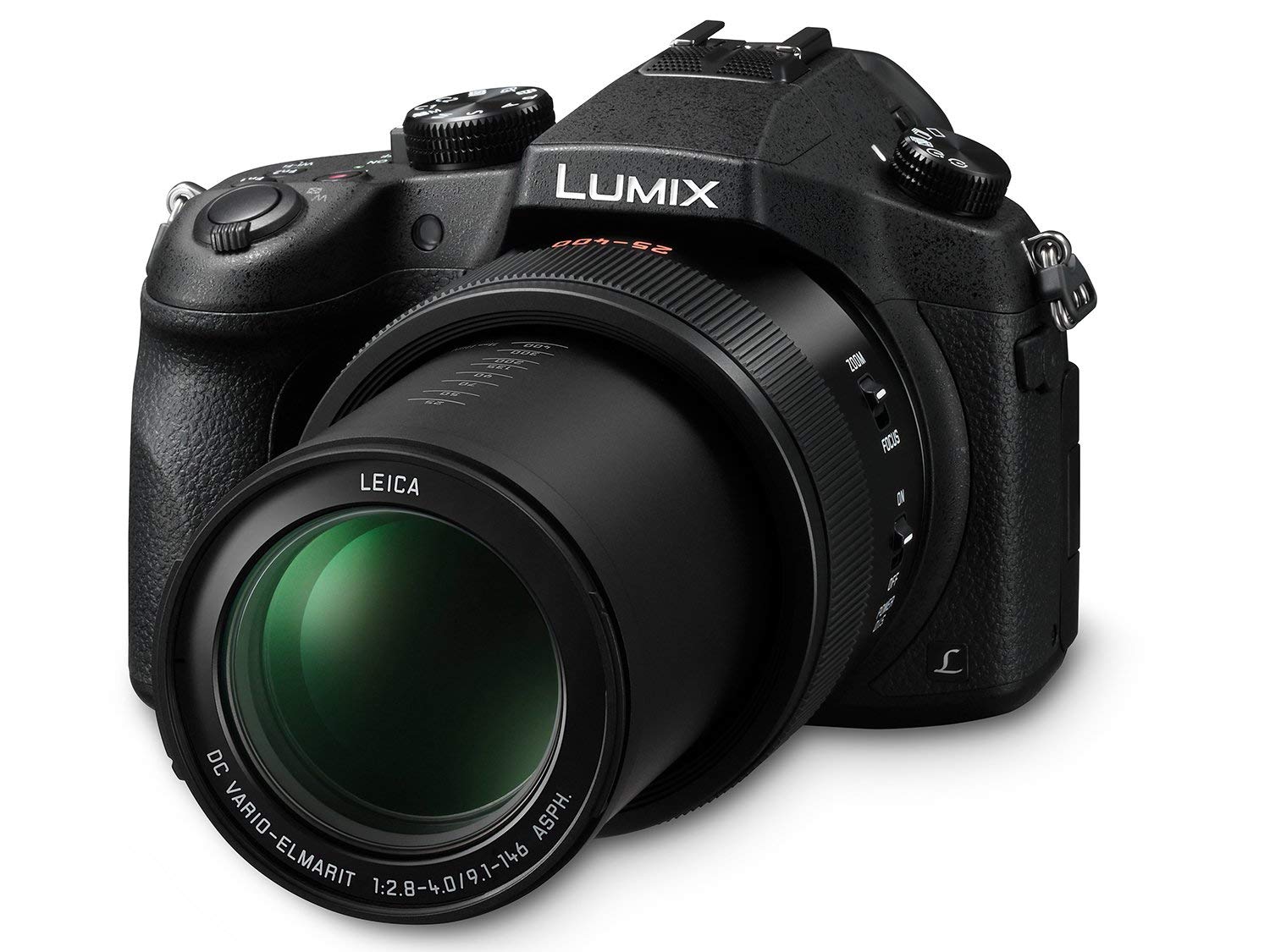
Focusing
The Lumix FZ1000 focuses quickly and accurately thanks to the inclusion of Panasonic’s own “Depth from Defocus” technology. The autofocus is so quick that it leaves other bridge cameras in the dust, and can even be compared to some more premium DSLRs. Officially, the dmc-FZ1000’s autofocus is rated at 0.09 seconds and 0.17 seconds at the telephoto end.
In very few circumstances does the Panasonic dmc-FZ1000 fail to hit its target. From startup to shutter press the camera is quick to lock on target and stick to it if tracking is being used. Combined with the zippy processor and high-speed continuous shooting, you can get a lot of sharp, accurate photos with the Panasonic FZ1000.
The inclusion of in-body 5-axis image stabilization is another +1 point for the Panasonic Lumix FZ1000. Blurriness caused by camera shake is a big problem at lower shutter speeds but image stabilization (IS) compensates for this. IS means there’s a better chance your images will be optimally sharp even if the Lumix dmc-FZ1000 is moving, whether on purpose or not.
I’d spend more time talking about the focusing capabilities of the Panasonic Lumix FZ1000 but I feel like it’d be wasted. All that needs to be said is that the FZ1000’s focusing works very well.
Like any good autofocus system, you’ll forget that it’s even there, and there will be very few moments where you become frustrated with the Panasonic Lumix FZ1000’s autofocusing system.
Score: 4.5/5
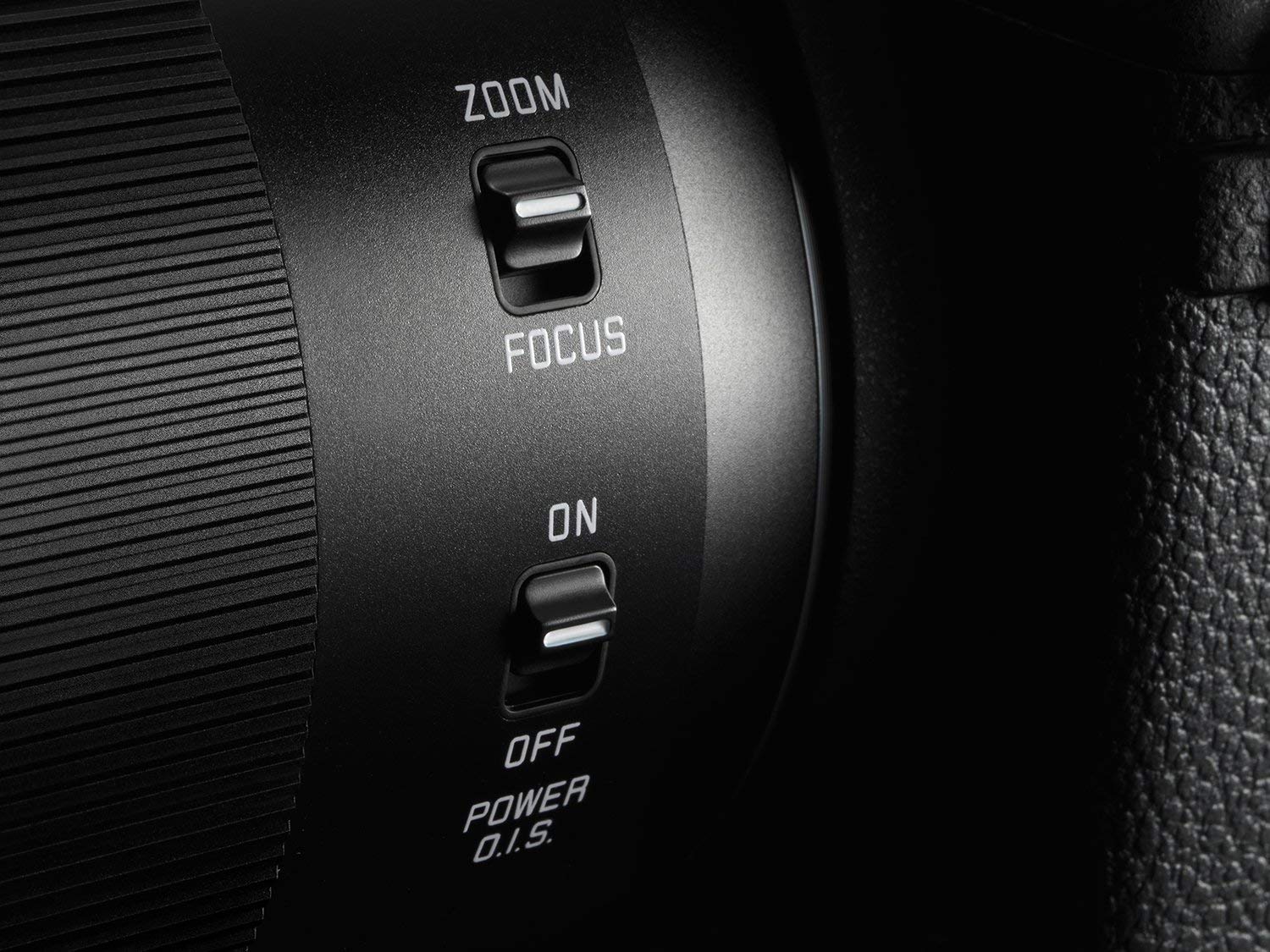
Video on the FZ1000
Considering all that has been said up to this point in the review (i.e. focusing, low light performance, and processing times, in addition to 4k video), it is easy to state that Panasonic Lumix FZ1000 is a very capable video camera.
Though the inclusion of 4k is not as impressive as it was 4 years ago (more and more bridge cameras can shoot 4k these days), the FZ1000 still works very well as a 4k camera. For both video and stills, the Panasonic Lumix FZ1000 is a great choice.
For videographers, 4k is a no-brainer as it is the current industry standard. Add in tight autofocus and quick processor and the FZ1000 is a competent machine.
Note that the FZ1000 extrapolates 4k from an 8Mp surface on the sensor, which effectively narrows the FOV to around 35-600mm. Telephoto lovers won’t mind this change but those needing wide angle shots may be peeved.
What is most notable about the FZ1000’s 4k video capability is the prospect of pulling stills from a video. When editing a 4k video frame-by-frame, 8Mp still images can be taken directly from 4k videos. This sort of technology makes it easier to nail those difficult action shots.
The potential of 4k technology for still photography is immense and becoming more and more popular within the community. As time goes on, expect to see 4k present in most cameras, bridge, DSLR, and beyond.
Score: 4/5
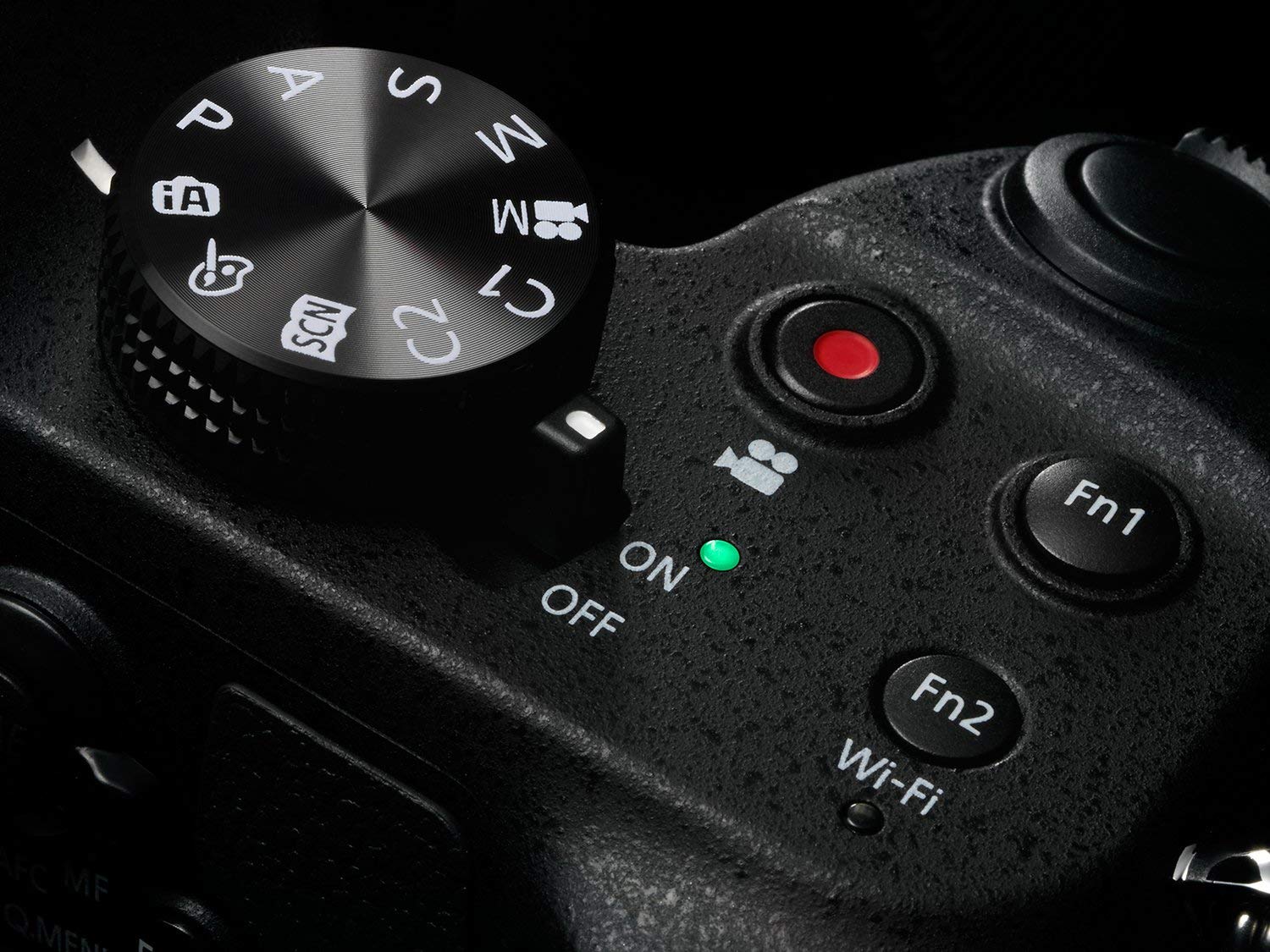
Battery Life
The Panasonic Lumix FZ1000 has a below average battery life when compared to other bridge cameras. It is rated at around 360 still shots per battery, which is an uninspiring number.
To be frank, the dmc-FZ1000’s battery life isn’t horrendous as this sort of capacity is common with bridge and mirrorless camera – just don’t expect something that will last as long as DSLR. Batteries are removable as well so photographers can carry several spares in their camera bag for longer shooting. When it comes to comparing the FZ1000 vs a DSLR, this is the main area where the camera falls short.
Score: 3.5/5
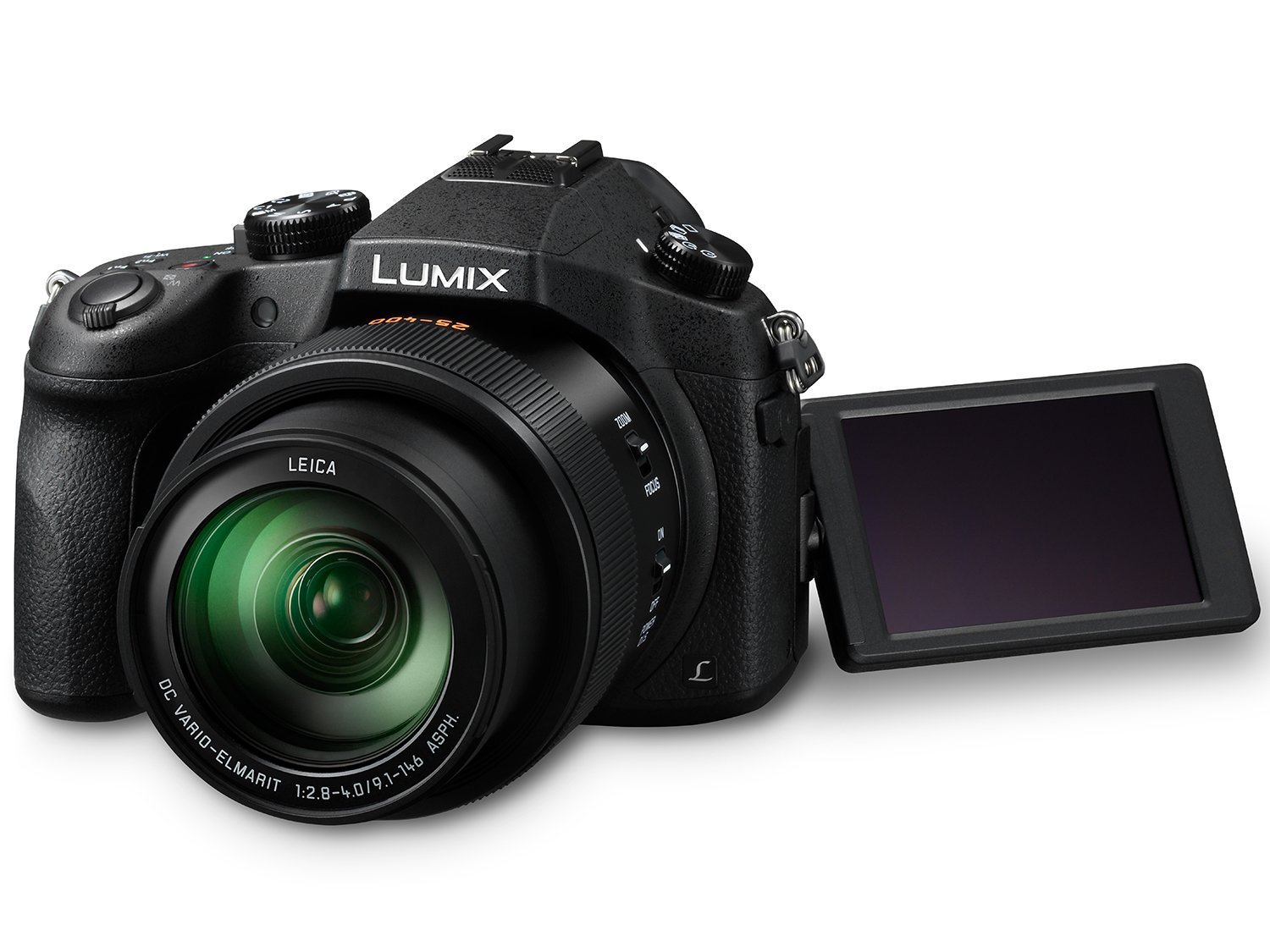
Lenses and Accessories
The Panasonic Lumix FZ1000 has all the usual ports that come standard in a well-rounded camera. This means shooters have several options for installing new accessories on FZ1000.
Aside from the usual suspects, the Panasonic Lumix FZ1000 has an HDMI and microphone port. This bodes very well for videographers who want to improve the sound quality of their videos or stream videos live on a screen.
A standard hot shoe is also found on the camera, which allows you to mount a higher quality flash. The Panasonic Lumix FZ1000 has a built-in flash that pops up but, like most built-in flashes, it’s not very strong.
There is obviously no option to change the lens on the Panasonic Lumix FZ1000. This may be a silly thing to point out, as it’s why people look at bridge cameras in the first place but thought it was worth mentioning.
Score: 4/5
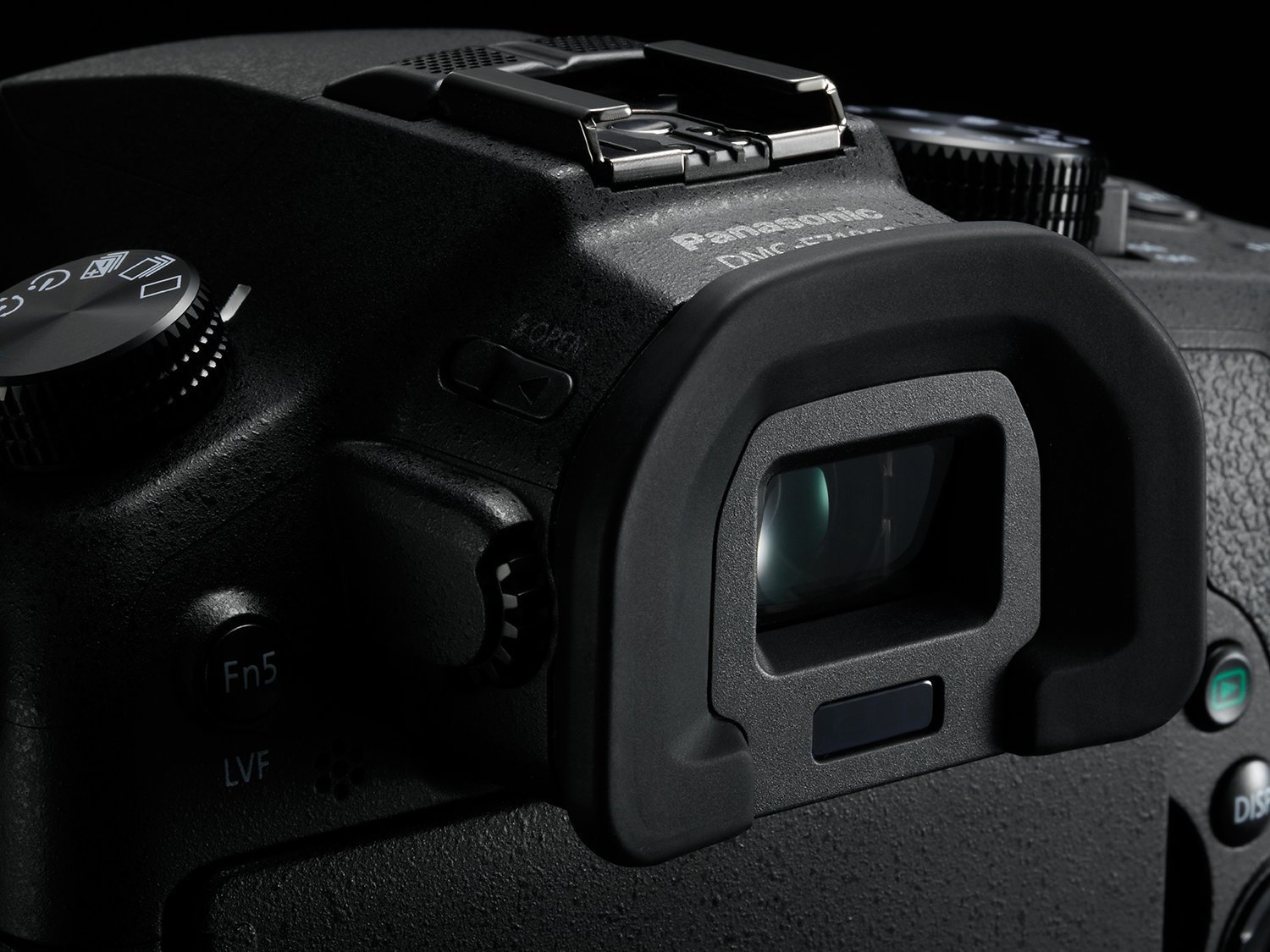

Now, you could spend a fat chunk of $$$ on the WRONG present for someone. Wrong size hiking boots, wrong fit backpack, wrong shape sleeping bag… As any adventurer will tell you, gear is a personal choice.
So give the adventurer in your life the gift of convenience: buy them an REI Co-op gift card! REI is The Broke Backpacker’s retailer of choice for ALL things outdoors, and an REI gift card is the perfect present you can buy from them. And then you won’t have to keep the receipt. 😉
Buy on REI!The Verdict on the Panasonic Lumix FZ1000
Right then, let’s wrap up this Panasonic Lumix DMC FZ1000 review and get to the verdict!
If it hasn’t been made clear already, we are still very excited about the Panasonic Lumix FZ1000. Thanks to its high-quality components and incorporation of cutting-edge technology, this camera has aged well over the years.
There’s a reason Panasonic is considered one of the best camera brands for travel and the Lumix FZ 1000 just proves that point.
Image quality is still top notch in the Panasonic Lumix FZ1000, thanks in part to its larger sensor. Though you won’t have as much reach as some of the newer bridge cameras, noise will still be less common with the FZ1000.
The Panasonic Lumix FZ1000 was fast before and is still fast now. Autofocusing is still at a competitive level and we’re eager to see how far it’ll go before becoming obsolete. (We don’t think that’s anytime soon.)
A fast processor backs the FZ1000 autofocusing ability, ensuring that you’ll be able to snap quick and accurate frames.
Panasonic was smart to include 4k video recording in the FZ1000; once a nice-to-have, this is now a necessity. Excluding such tech would’ve been a real downside.
The Panasonic Lumix FZ1000 is a bit bulky for a bridge camera and battery life is mediocre. In the grand scheme of things, these two faults are not deal breakers, and at the end of the day, the Panasonic Lumix FZ1000 is still a very capable camera.
The real shining star of the Panasonic Lumix FZ1000 is that it’s so inexpensive these days! The price of this camera has dropped to nearly 50% of its original value, which is a fuckin’ steal if you ask me.
Do want a fast camera with great autofocus and the ability to shoot 4k? Are you on a budget and need a camera that is reasonably priced? Then the Panasonic FZ1000 is the camera for you!

Our GREATEST Travel Secrets…
Pop your email here & get the original Broke Backpacker Bible for FREE.
Panasonic Lumix FZ1000 Review: Final Scores
The Panasonic Lumix dmc-FZ1000 is for you if you…
Don’t want to worry about changing lenses
Want focal flexibility and fast processing speed
Need a larger sensor than the average bridge camera
Want superb autofocus and accurate EVF
The Panasonic Lumix dmc-FZ1000 isn’t for you if you…
Are concerned about size and portability
Want an ND filter built into the camera
Need more battery life
Need something that can keep with a DSLR
What is our final score for the Panasonic Lumix FZ1000? We give it a rating of 4 out 5 stars!

Did you find our Lumix FZ1000 review useful? Let us know your thoughts below.
Sample Images from the Panasonic Lumix FZ1000
Check out some of the incredible Panasonic FZ 1000 sample images to get a feel for how well this camera performs.
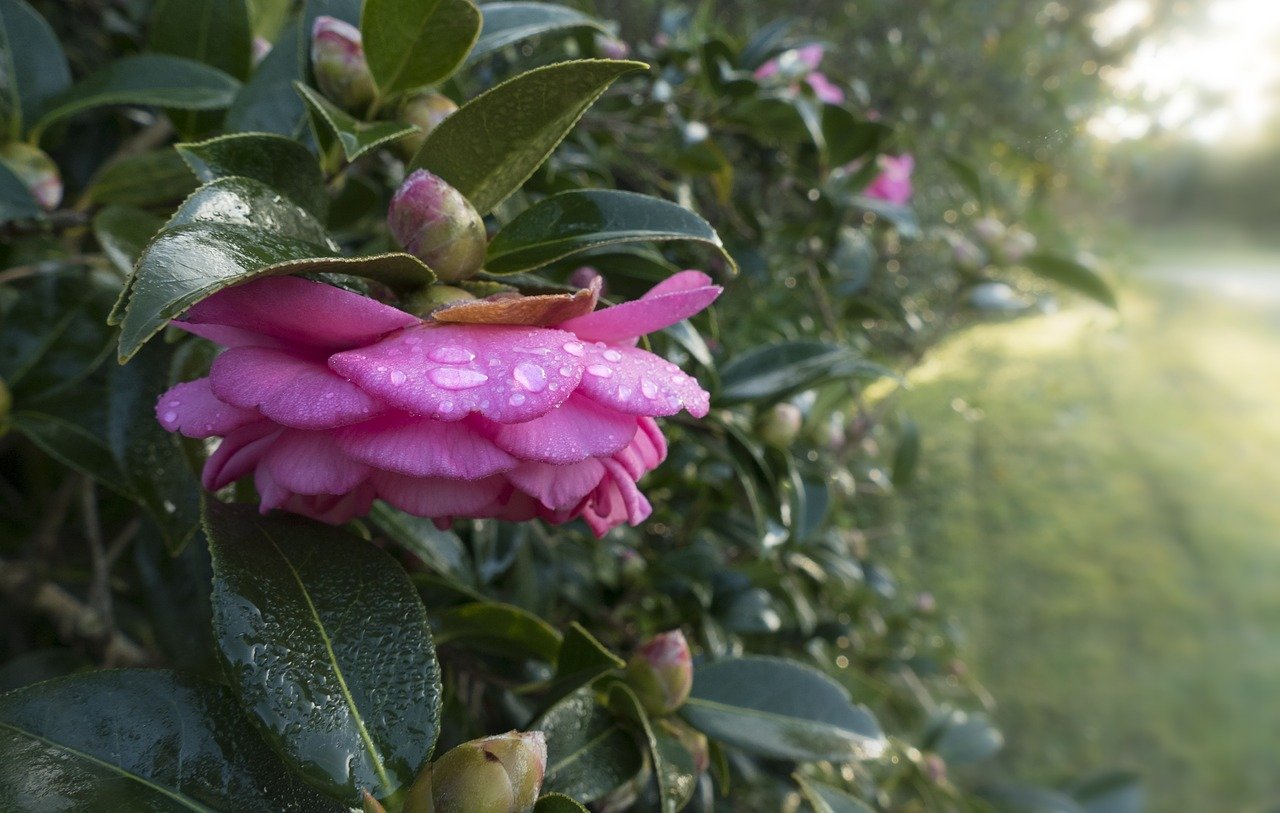









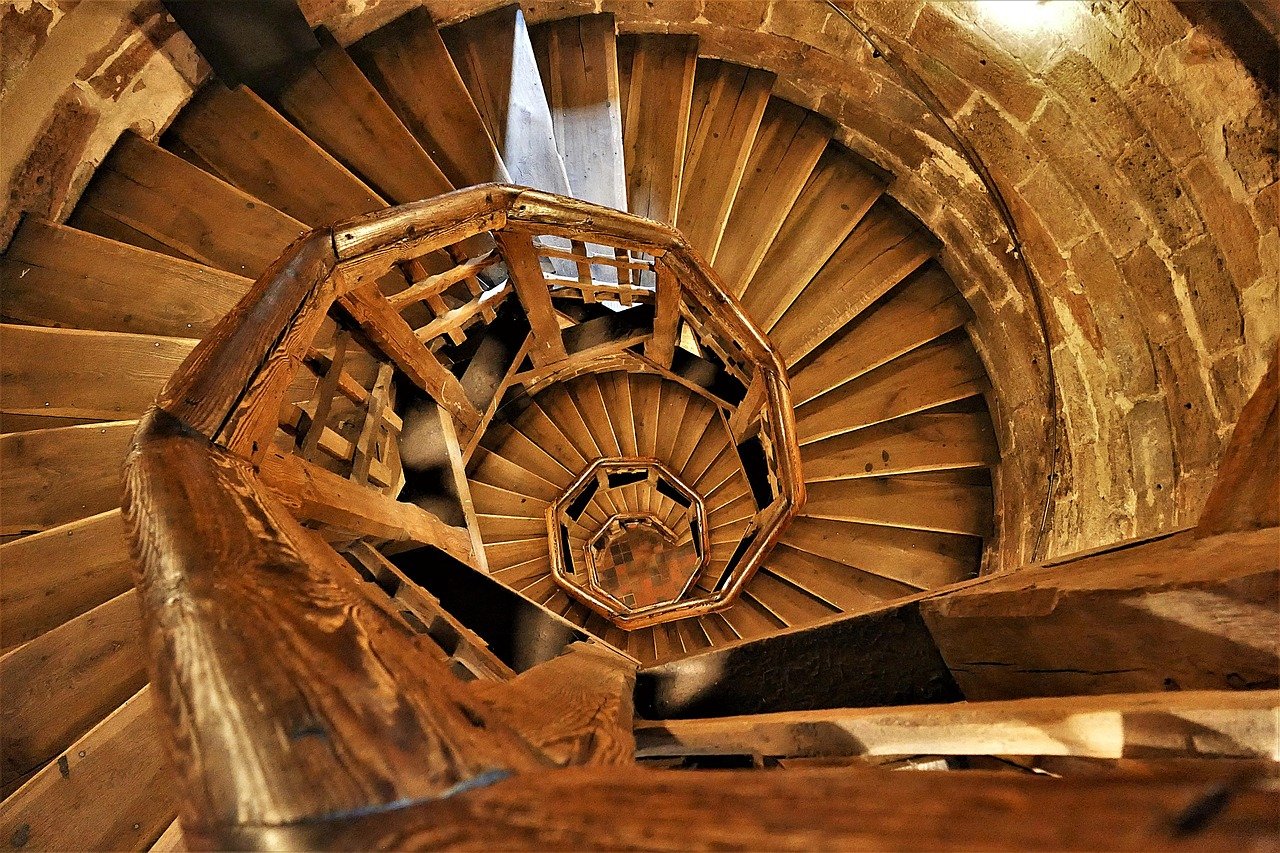

Buy Us a Coffee!
A couple of you lovely readers suggested we set up a tip jar for direct support as an alternative to booking through our links, since we’ve decided to keep the site ad-free. So here it is!
You can now buy The Broke Backpacker a coffee. If you like and use our content to plan your trips, it’s a much appreciated way to show appreciation 🙂



